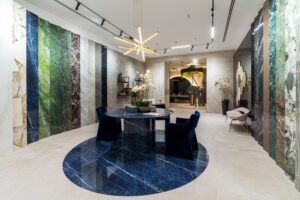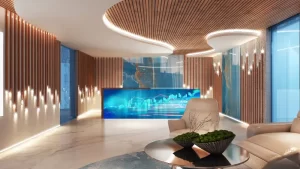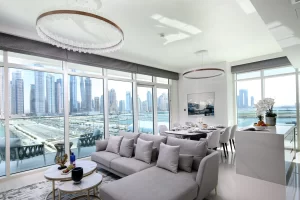
An event stage is more than just a platform for speakers or performers; it works as the focal point of any gathering, whether it’s a concert, conference, or corporate event. To create an engaging and functional stage experience, it’s essential to understand its key components. Find here the main elements that contribute to an effective event stage.
Stage structure:
The foundation of any event stage is its structure. A sturdy stage platform must be built to accommodate the weight of performers, equipment, and props. This involves choosing the right materials, such as wood or metal, and ensuring that the design meets safety regulations. The stage should also be of appropriate height to provide visibility for all audience members, allowing them to see performances or presentations clearly.
Lighting:
Lighting is a key component of an event stage, as it sets the mood and improves visibility. A well-lit stage can create dramatic effects, highlight key moments, and draw attention to performers or speakers. Different types of lighting, such as spotlights, floodlights, and LED lights, can be used strategically to create vigorous visual experiences. Additionally, color choices and transitions can evoke emotions and keep the audience engaged throughout the event.
Sound system:
An effective sound system is essential for delivering clear audio to the audience. High-quality microphones, speakers, and mixers ensure that every word spoken or note played is heard distinctly. The sound system should be tailored to the venue’s size and acoustics, with sound checks conducted beforehand to adjust levels and eliminate feedback. This component is important for maintaining audience engagement and ensuring that everyone can hear the content being presented.
Backdrop and branding:
The backdrop of the stage plays a significant role in establishing the event’s theme and branding. A visually appealing backdrop can improve the overall aesthetic and provide context for the audience. This can include printed graphics, LED screens, or artistic installations that align with the event’s objectives. Proper branding creates a cohesive experience and reinforces the identity of the event or organization.
Multimedia elements:
Incorporating multimedia elements, such as video displays and animations, can significantly improve the event stage experience. Large screens or projection surfaces can be used to showcase presentations, live feeds, or pre-recorded videos. These visual components support the content being delivered and also help maintain audience interest and engagement throughout the event.




